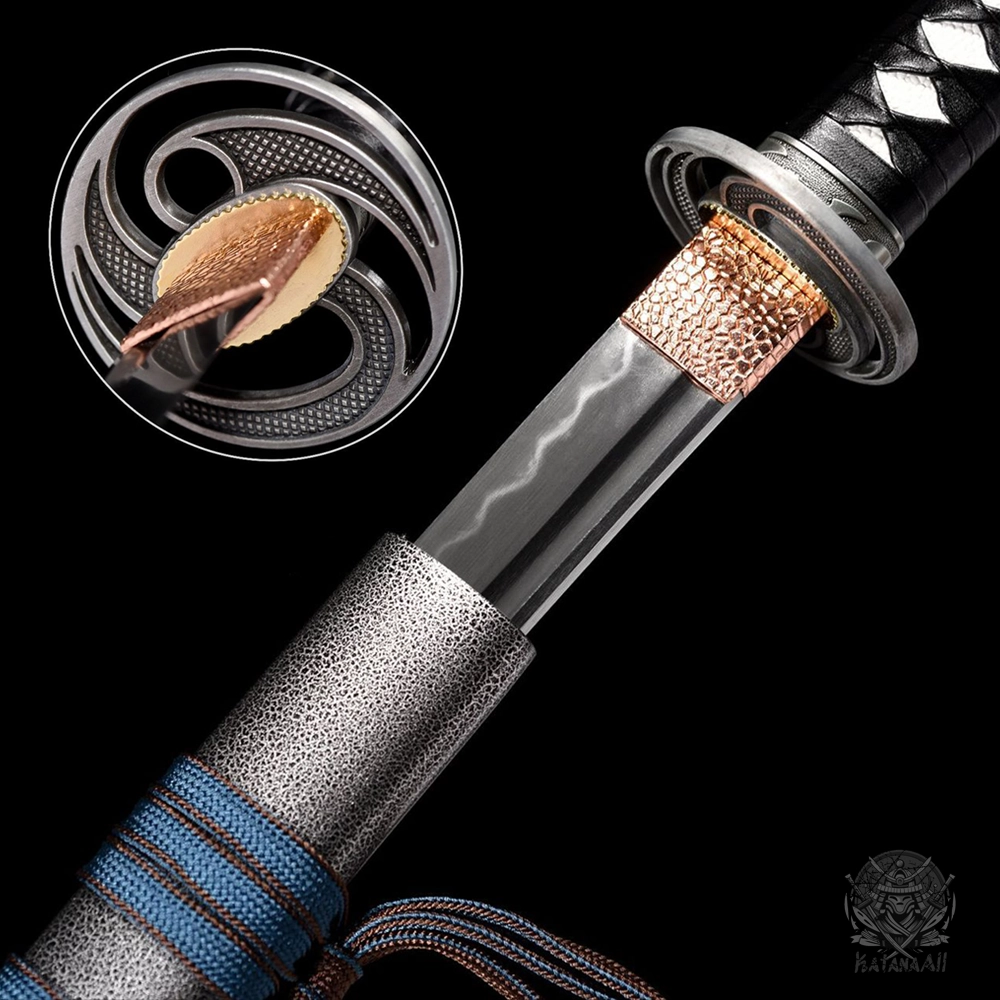
A katana is more than just a blade—it’s a work of art, a symbol of tradition, and a testament to exquisite craftsmanship. Whether you’re a collector, martial artist, or enthusiast, ensuring your katana’s longevity requires proper care and maintenance. Neglect or improper handling can lead to irreparable damage. In this article, we provide professional tips to prevent your katana from accidental damage and preserve its pristine condition.
1. Always Handle with Clean Hands
Natural oils and sweat from your hands can corrode the katana’s blade over time. Before handling, ensure your hands are clean and dry. For added precaution, use a pair of cotton gloves when touching the blade directly.
2. Regularly Oil the Blade
A katana’s blade requires a thin layer of oil to protect it from moisture and oxidation. Use traditional sword maintenance oil, such as choji oil, and apply it sparingly after cleaning the blade. This creates a barrier against rust and environmental damage.
3. Avoid Touching the Blade
Directly touching the blade’s surface can leave fingerprints and expose it to acidic residues. If accidental contact occurs, clean the blade immediately to prevent staining or rust.
4. Store in a Safe, Dry Place
Environmental factors like humidity and temperature fluctuations can cause significant harm. Store your katana in a climate-controlled environment and avoid damp or overly dry areas. A quality sword bag or display case with moisture-absorbing silica gel is ideal.
5. Inspect and Clean Regularly
Frequent inspections help catch potential issues early. Check for signs of rust, discoloration, or loose fittings. Clean your katana using a soft cloth and specialized sword-cleaning kits to keep it in optimal condition.
6. Avoid Improper Sheathing and Unsheathing
Reckless handling during sheathing or unsheathing can scratch the blade or damage the scabbard (saya). Practice controlled movements, ensuring the blade aligns properly with the opening of the saya before sliding it in or out.
7. Use a Dedicated Stand for Display
Displaying your katana on a stand prevents accidental falls and ensures proper positioning. When placing it on a stand, rest the blade’s edge upward to reduce unnecessary pressure on the edge.
8. Refrain from Using it on Hard Surfaces
Katanas are designed for specific cutting purposes. Striking hard or inappropriate surfaces can chip or crack the blade. If practicing cutting techniques, use proper targets like rolled tatami mats or bamboo and ensure the blade is sharp and well-maintained.
9. Ensure Proper Transport
When transporting your katana, use a padded carrying case to avoid bumps or scratches. Never transport a katana in its scabbard alone, as sudden movements can damage both the blade and the saya.
10. Seek Professional Repairs for Damage
If your katana sustains damage, avoid attempting DIY repairs. Professional swordsmiths or restorers have the expertise to address issues like chips, cracks, or loose fittings without compromising the blade’s integrity.
Bonus Tips for Long-Term Care
- Rotate Storage Position: Periodically change the side on which the katana rests to prevent the blade from developing a curve or warp over time.
- Educate Yourself: Understand your katana’s specific maintenance needs, especially if it’s a high-carbon steel blade or a modern replica.
Conclusion
Caring for a katana is a commitment to preserving a piece of history and art. By following these ten tips, you can prevent accidental damage and ensure your sword remains a treasured heirloom for years to come. Proper care not only protects the blade but also honors the tradition and craftsmanship behind its creation.
